Blog
The Evolution of Graphics Cards: A Look at the Past Decade
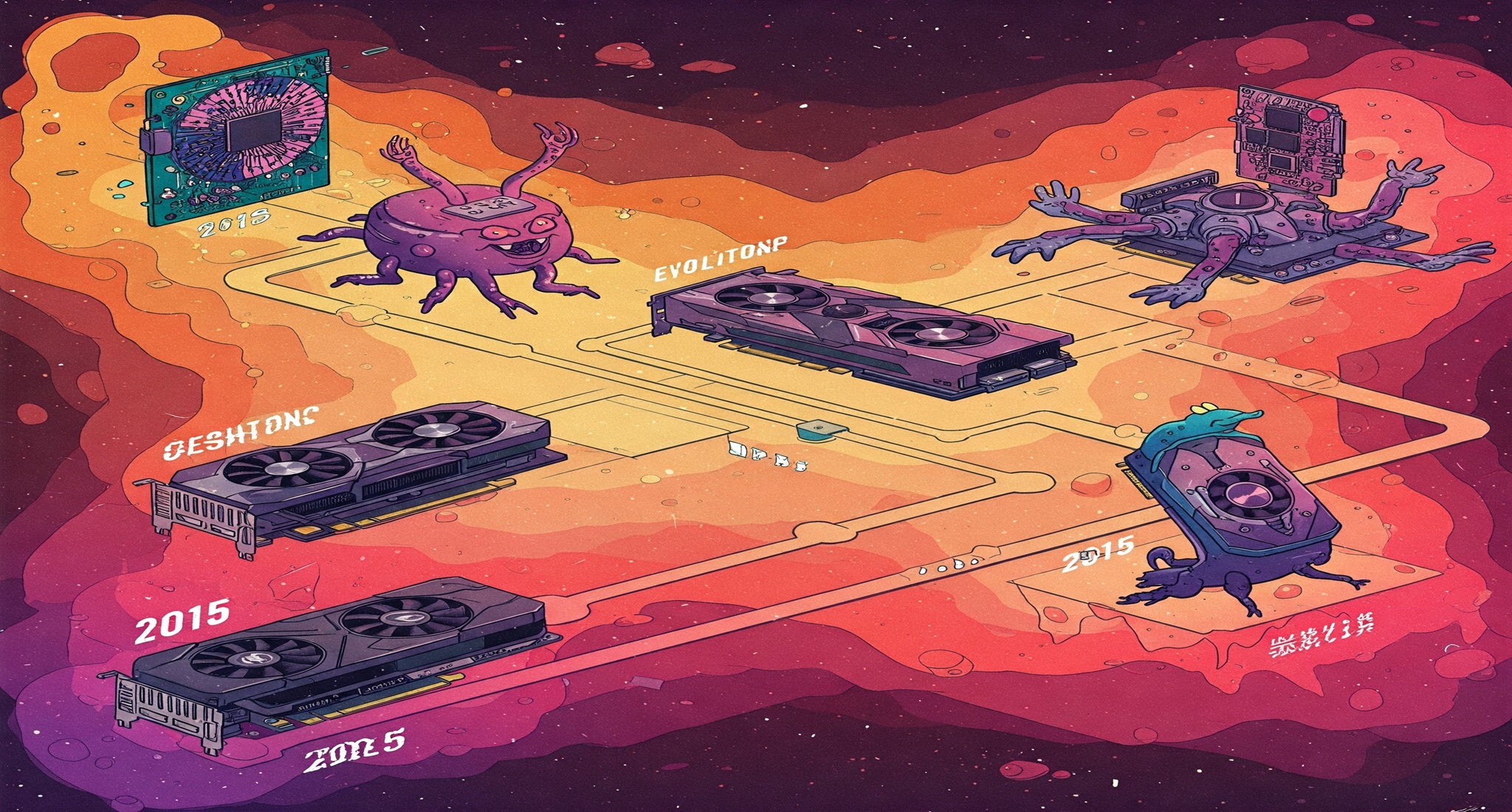
Graphics cards (GPUs) have seen an incredible transformation over the past decade, evolving from simple image processors to powerful computing engines capable of handling AI, gaming, and professional workloads. Let's take a look at how GPUs have evolved from 2015 to 2025 and what has driven these changes.
2015-2017: The Rise of VR and Pascal Architecture
During this period, NVIDIA introduced the Pascal architecture, which brought substantial performance gains and efficiency improvements. The GTX 10-series (GTX 1080, 1070, 1060) became popular among gamers for their balance of power and price. AMD also launched the Polaris series (RX 480, RX 470), offering competitive performance at lower prices. Virtual reality (VR) started gaining traction, pushing GPU manufacturers to optimize their hardware for better VR performance.
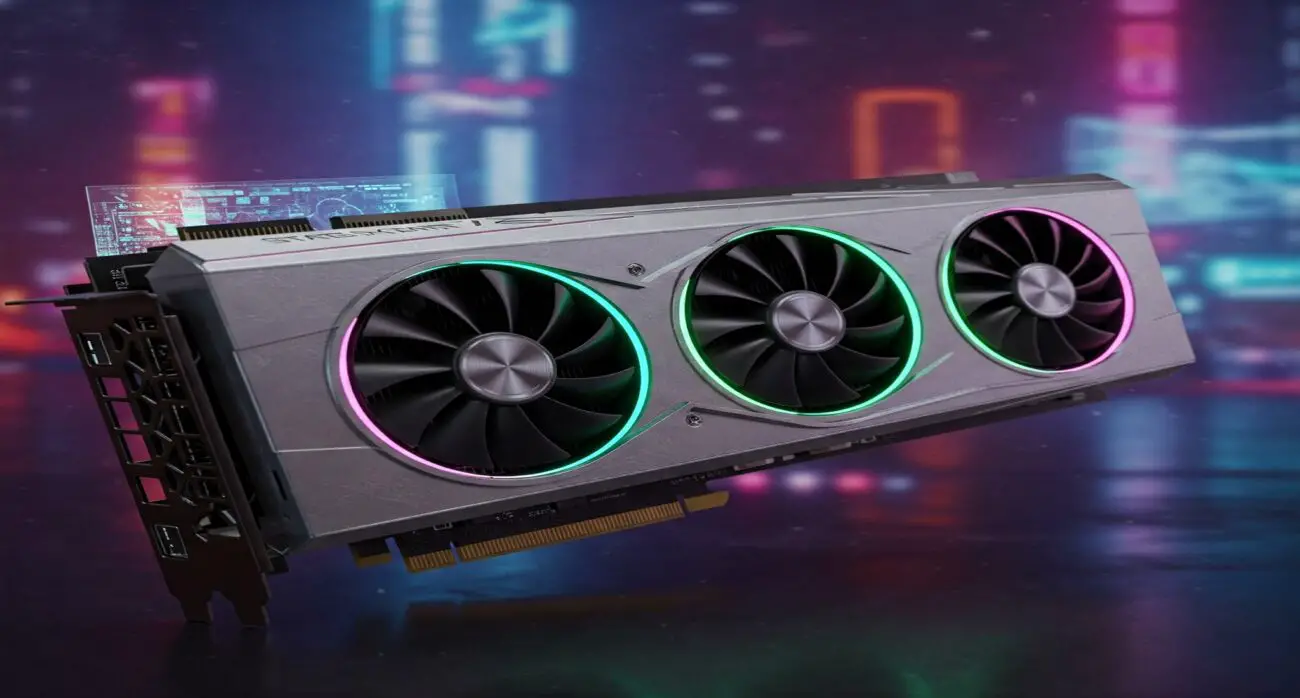
2018-2019: The Introduction of Ray Tracing and Turing Architecture
One of the most significant breakthroughs in GPU technology came with the introduction of real-time ray tracing. NVIDIA's Turing architecture powered the RTX 20-series (RTX 2080, 2070, 2060), bringing RTX technology to gaming. While adoption was slow initially due to high costs and limited ray-traced games, this innovation set the foundation for the future.
AMD also made progress with the RDNA architecture, debuting the RX 5000-series, which improved power efficiency and gaming performance.
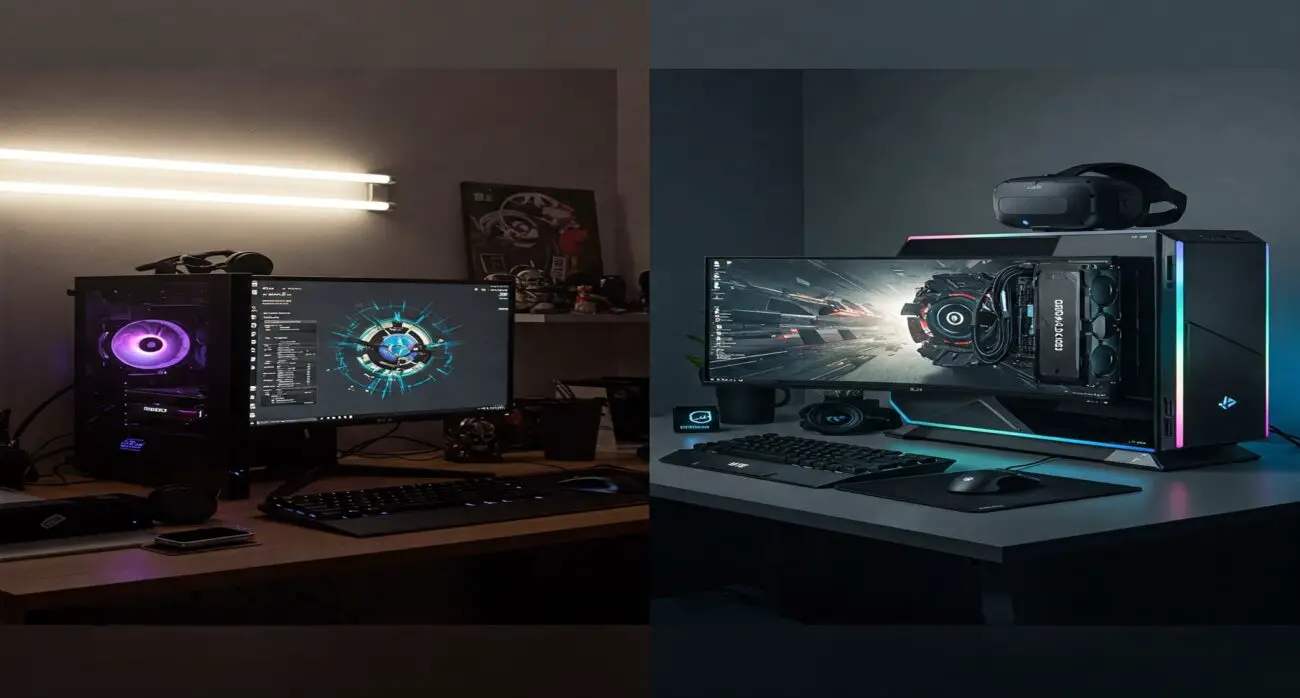
2020-2021: The Ampere Revolution and RDNA 2
NVIDIA launched the RTX 30-series with the Ampere architecture, delivering a massive performance jump over Turing. These GPUs, including the RTX 3080 and RTX 3090, became highly sought after, especially with the rise of 4K gaming and AI-powered technologies like DLSS (Deep Learning Super Sampling).
Meanwhile, AMD countered with RDNA 2 and the Radeon RX 6000-series, which introduced hardware-accelerated ray tracing and competed closely with NVIDIA’s offerings.
This period also saw a massive GPU shortage due to the crypto mining boom, causing prices to skyrocket and making GPUs harder to find.
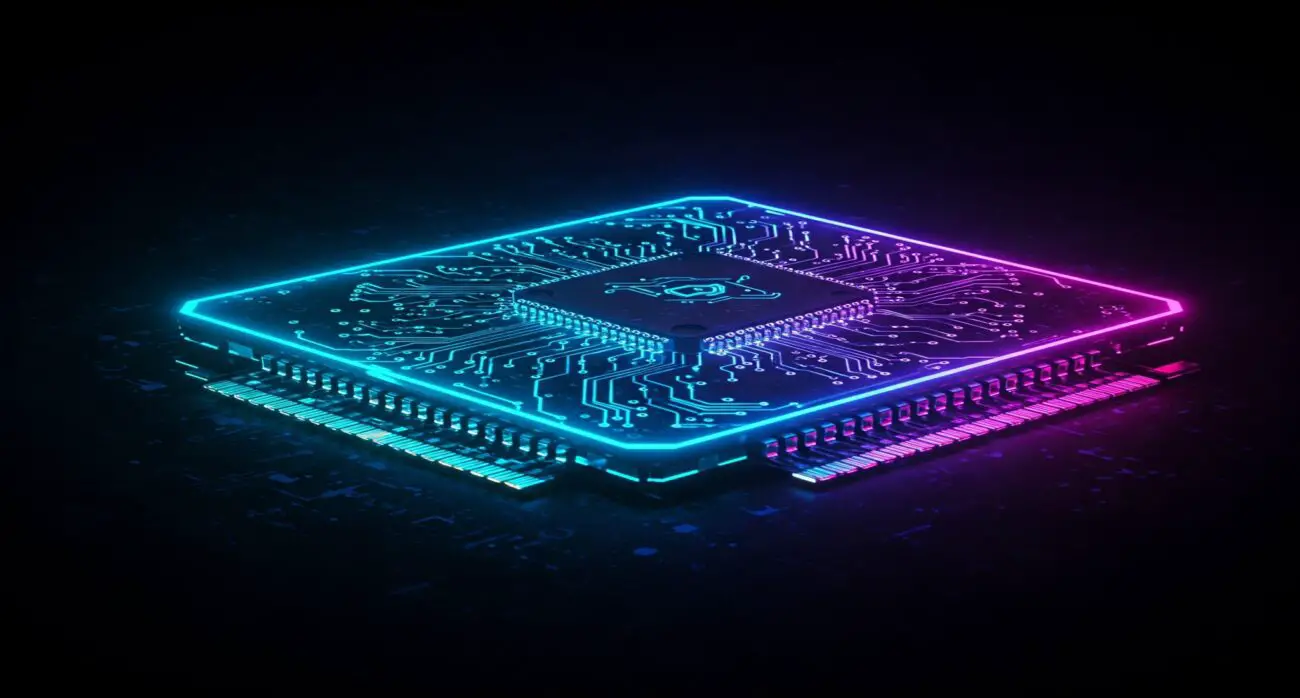
2022-2023: Lovelace, RDNA 3, and AI Integration
NVIDIA's RTX 40-series with Lovelace architecture pushed performance further, introducing DLSS 3 with frame generation, dramatically improving frame rates in supported games. The RTX 4090 became the most powerful consumer GPU to date.
AMD’s RDNA 3 architecture and Radeon RX 7000-series brought advancements in efficiency and improved ray tracing capabilities.
This era also marked an increased focus on AI-powered rendering, video editing, and productivity, with GPUs being optimized for more than just gaming.
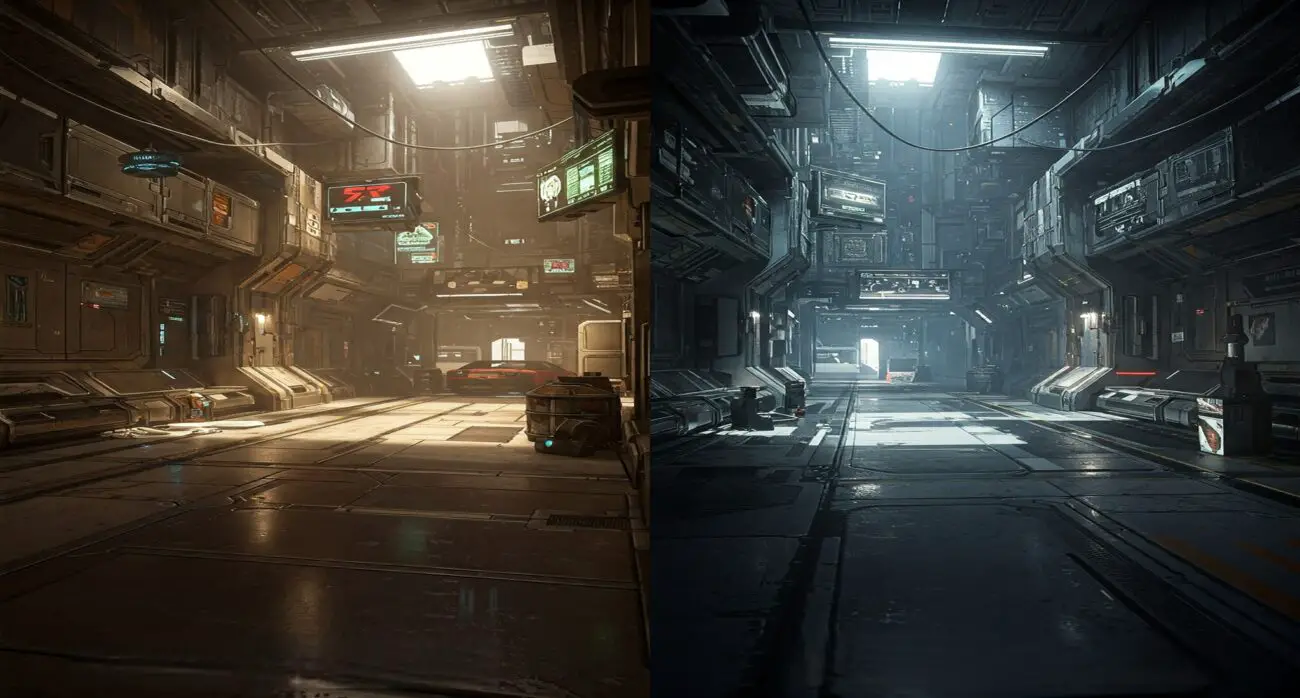
2024-2025: The Future of GPUs
As of 2025, GPUs are shifting towards even more advanced AI-powered technologies, with NVIDIA and AMD pushing AI-driven frame generation, real-time ray tracing, and cloud-based computing. The emergence of quantum computing may also influence the future direction of GPUs, leading to new breakthroughs in processing power.
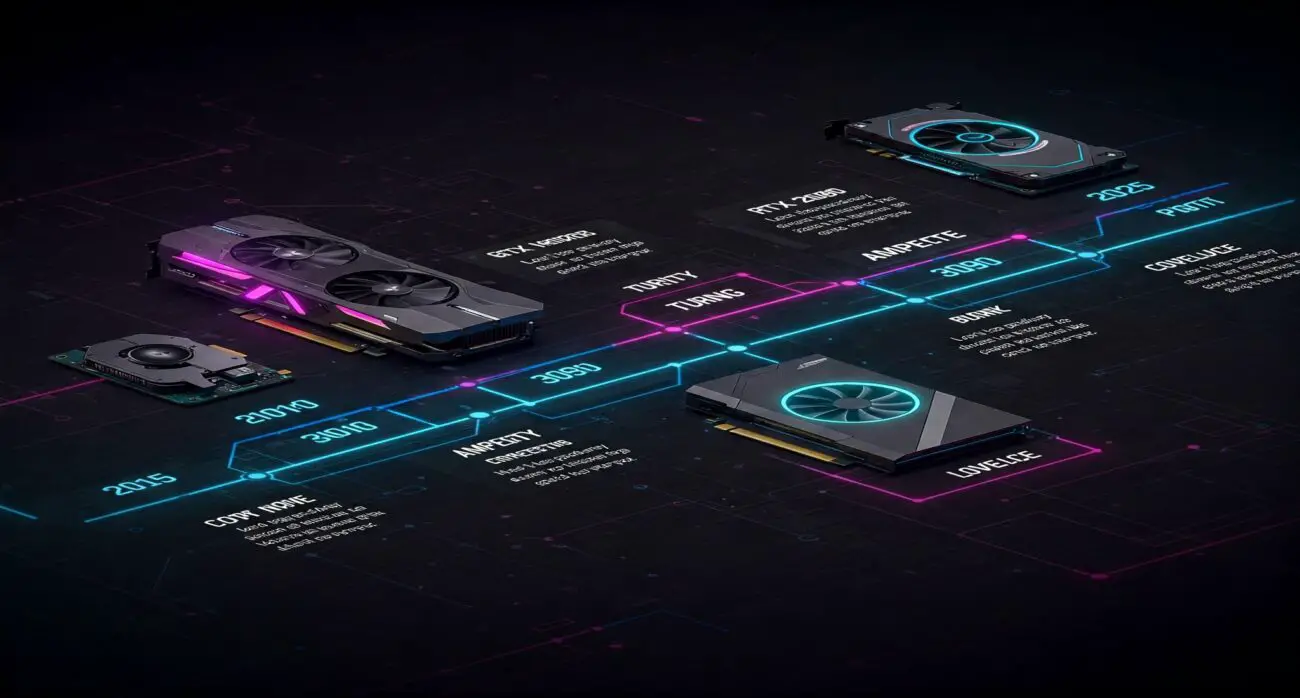
Conclusion
The last decade has been a thrilling ride for GPUs, with major advancements in ray tracing, AI integration, and power efficiency. As we move forward, graphics cards will continue to evolve, not just for gaming but for AI, scientific computing, and professional applications.
What do you think the future holds for GPUs? Share your thoughts in the comments!
.
